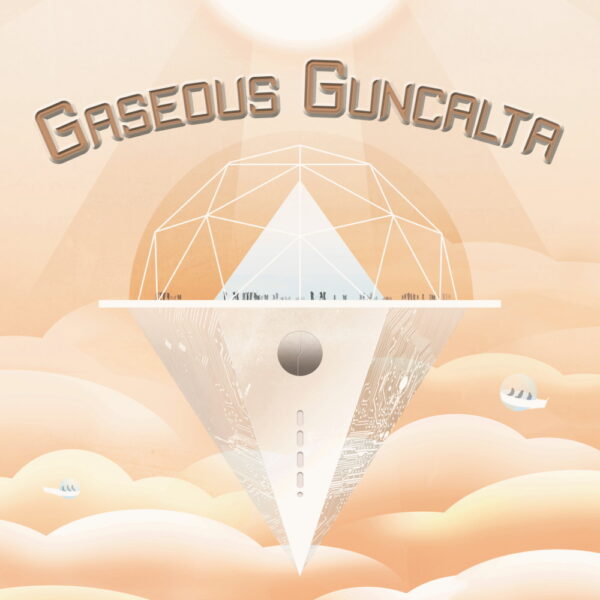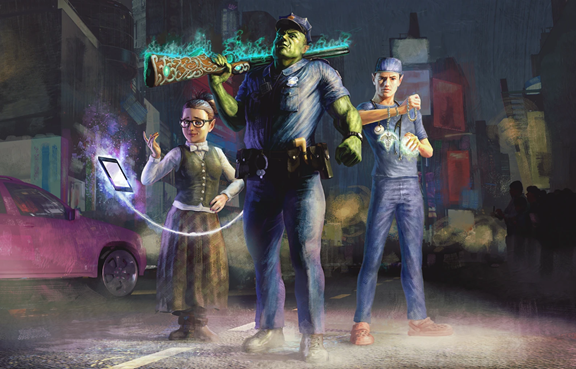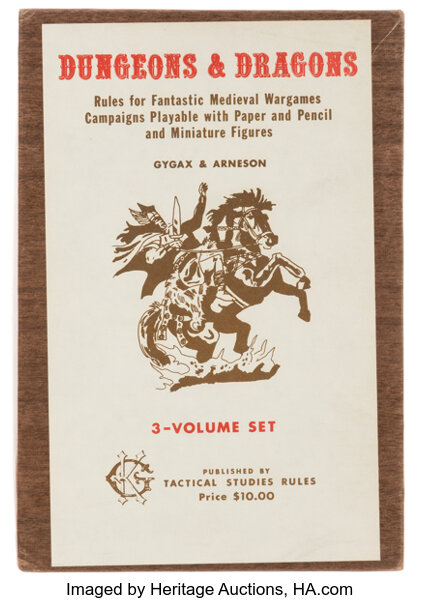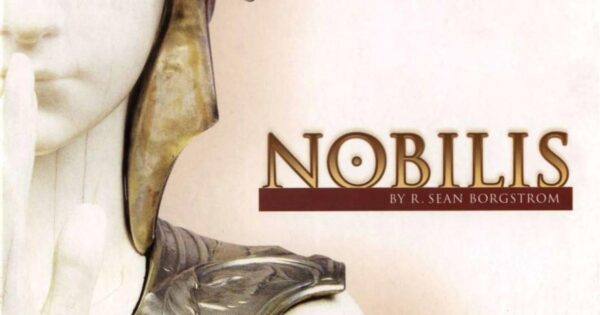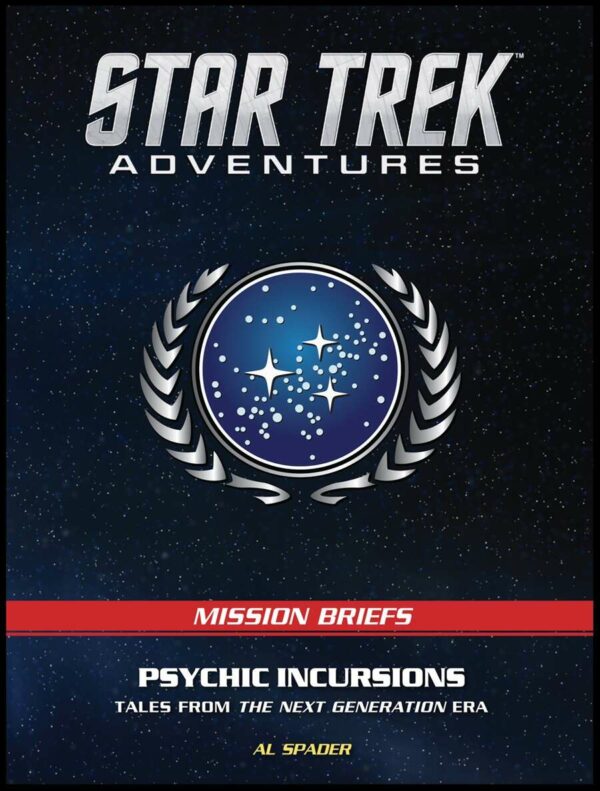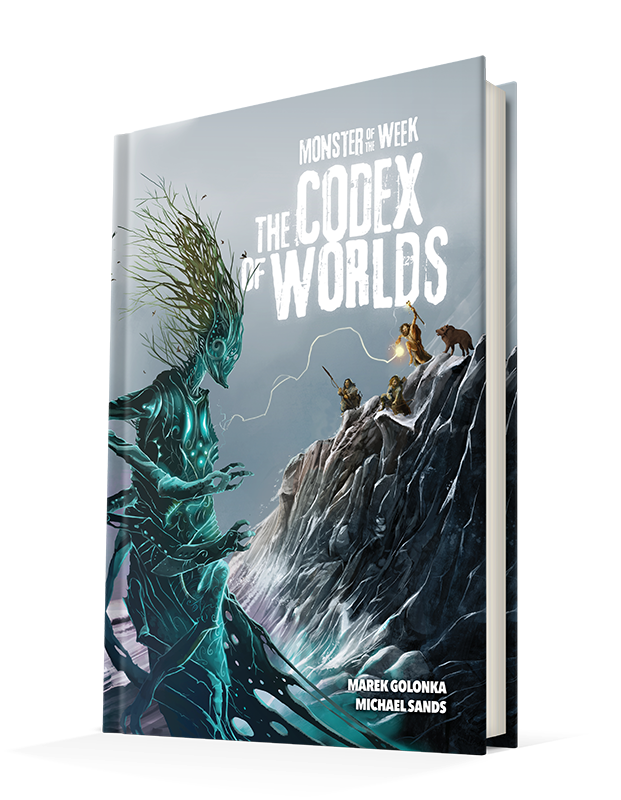
Monster hunting is universal. While the brilliant Monster of the Week focuses on the modern day, there are plenty of historical settings that have stories full of the same found family of brave men and women looking to take down monstrous creatures. Think of Dracula with Dr. Van Helsing and his crew of unexpected vampire hunters. Or Prey, featuring a Comanche warrior facing off against a futuristic Predator. The latest expansion for the game, The Codex of Worlds, looks into new settings for the game as well as new rules to adjust for even more playstyles. The game was crowdfunded earlier this year and Evil Hat Productions sent a copy for me to review just in time for the beginning of the spooky season. Is the third time a charm? Let’s play to find out.
Designers Michael Sands and Marek Golonka kick off this expansion with three add-on modules. The first is a discussion of safety tools and horror gaming. They discuss the palette technique, the X card and direct players to the online collection of safety tools for more. I think it’s a good idea to have these discussions with players during session zero to know what elements of horror are okay, what’s okay with permission and what is off limits in the game. The next rules module shifts the focus of player investigations from destroying the monster to fixing a problem. They call these atonement mysteries. These mysteries allow players to deal with the monster by putting right what went wrong that caused the creature to appear. This includes stuff like bringing the killer of the vengeful ghost to justice or the artifact is returned to the tomb to put the mummy to rest. Finally, there’s a discussion of non-lethal play. These rules are primarily included for one of the team playbooks, which we will discuss in a moment, but were broken out for tables that might not want the heavy violence implied in the base setting. This is for folks who want less Supernatural and more Scooby-Doo in their game. The rules alo seem like a good option for tables of kids who want a parent to run a halloween adventure but aren’t quite ready for Halloween at their table.
The main rules expansion in the book are the team playbooks. The designers admit they are a riff on the crew books from Blades In The Dark but they also have an element of campaign frame to them. They offer team based moves, assets that everyone can use and also give players input on who the big bad guy will be for their current season. Monster of the Week has always assumed that players will come together with hunters in the mode of shows like Buffy The Vampire Slayer or Supernatural with a mix of regular people and folks with powers coming together to protect the innocent. Playbooks like “The Chosen One And Their Entourage” makes the homage more direct. There are also team playbooks that push into other genres like a band of apocalyptic survivors or the Mystery Club made up of kids on bikes and/or teenagers in a cool van. My favorites are the playbook where everyone is a night shift worker at a very weird megastore and the team that’s part of a monster hunting organization that realizes their bosses might be colluding with the creatures. The team playbooks work best for tables that might have already done a campaign with these rules but want to play it more with a fresh batch of characters. They also are great for group who want to play in a very specific setting rather than one put together for the game. While the designers can’t use official terminology, I can see the allure of pitching a game using “Always On The Road” to a group of Supernatural fans who want a game that feels like the early seasons where every week there’s a new town and a new monster.
The midpoint of the book offers a campaign element that’s part campaign setting and part team playbook. It uses the classic setup from stories like The Haunting of Hill House or Poltergeist. The players come into possession of a spooky old house and explore its mysteries. Everyone answers questions about the house during session zero and, as the players explore the house and uncover the truth, they unlock rooms that provide bonuses to use in the next story. I loved this element of base building in Vaesen and it feels like a natural fit here as well.
The alternate settings stretch across different time periods. They include ways to alter specific playbooks for the era, since some of the tech based options in the playbooks aren’t going to work in Victorian London. That setting, Gothic Century, also introduces Dark Pasts as a game element. A Dark Past defines your character’s history and gives some idea why you’re on the foggy streets hunting monsters instead of smoking cigars at the club. They also give your character another move right off the bat. Sure, you might be under the curse of a mummy that’s animated your shadow but you also have a small bit of arcane armor because any spellcasters attack you need to get past the mummy’s strong magic. Many of the rules and ideas in these other settings can also be easily brought back to the base game.
The Codex of Worlds offers up many great options for fans of Monster of the Week to change the game or perhaps pull it back down off the shelf after some time away.


